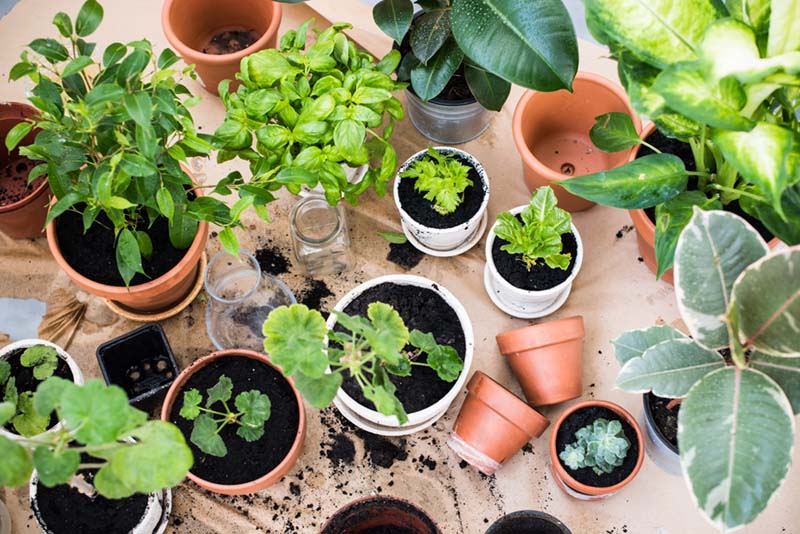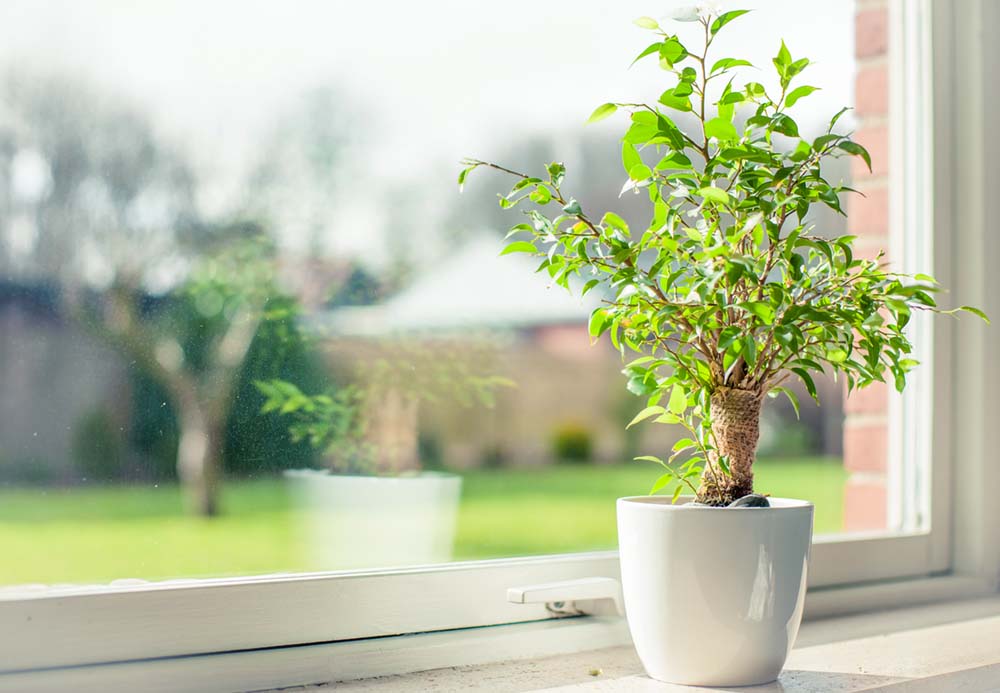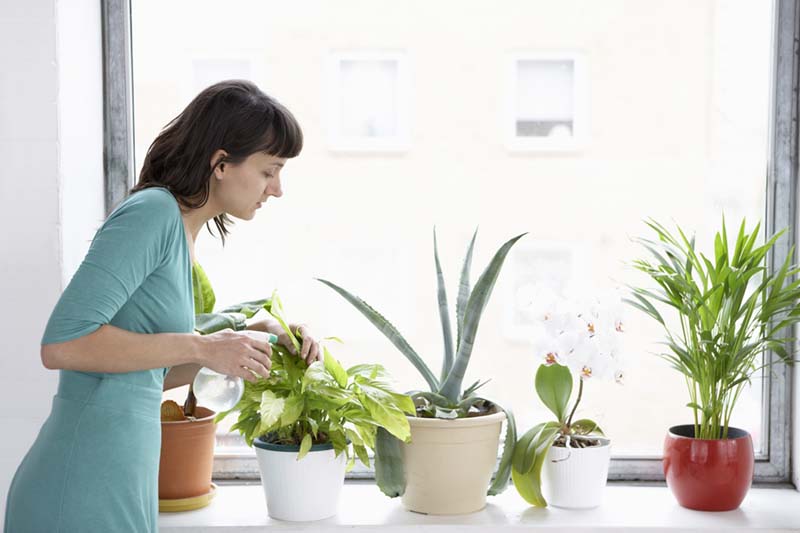"I'm not dead yet!" You might remember this line from the classic scene in “Monty Python and the Holy Grail,” voiced by a defiantly living man who has been dumped atop a heap of plague victims. It's a morbid, yet fitting, metaphor for many houseplants.
As I'm writing this, I'm reminded of that dust-covered fiddle leaf ficus in my bedroom that hasn't been watered in well over a month. You probably have a similar example in your own home, but I'm here to tell you not to give up on it.
The fact that your plant is still living means that it's worth trying to save. Here's a five-step program to get your ailing houseplant back on track.
1. Inspect and clean the plant
Troubleshooting houseplant problems is a topic all its own. For now, all you need to do is look for anything amiss.
Inspect every inch of the plant for pests, especially on the underside of each leaf or in the axils, where the leaf meets the stem. Make a note of any pests, just in case they turn up again.
Using a rag, wipe the leaves with a mild soapy solution or insecticidal soap to remove any pests or dust. Some ferns and other plants are sensitive and should just be rinsed off instead.
If leaves are stunted, streaked or mottled, the plant may have a virus. Since there is no cure, it must be destroyed.
2. Trim and re-pot
Even healthy plants might benefit from a little trim. Remove any dead or unhealthy looking branches. If most of the branches look nearly dead, begin pruning down from the stem's tips and stop when you see firm, green growth. Since plants get their energy from leaves, you should leave at least two-thirds of the plant's leaves intact to help the plant recover.

Knock the plant out of its pot and prune out any soft, mushy or otherwise dead-looking roots. If the roots are tightly coiled (rootbound), then slice through the outermost roots a few times.
Re-pot with fresh potting mix, leaving about an inch between the roots and the inner edge of the pot. And never use a pot without drainage holes, since standing water is one of the fastest ways to kill a houseplant.
3. Place in bright indirect light
Bright indirect light is the best amount of light for houseplants, with the exception of cacti, succulents and any other plant that requires intense, direct light.

So what is this bright indirect light? It's a spot in your home that is bright enough to read comfortably without flipping on the light switch, and if you hold your hand about a foot away from the floor or wall, you should see a blurry shadow.
If you hold out your hand and see a crisp shadow or have to squint your eyes, it’s direct light, which is bright enough to damage the plant's leaves.
4. Fertilize
Now that the plant is off to a good start, let's keep it that way. Fertilizing houseplants isn't rocket science, but it is really important if you don't want the plant to die a slow and probably painless death.
Whether you choose chemical or synthetic fertilizer, it's important that you choose a slow-release product and follow the label directions. Too much fertilizer at once will burn the plant's roots, which is a really bad thing if it's already knock-knock-knocking on heaven's door.
5. Water properly
Whether you're saving a plant from underwatering or overwatering, you've probably figured out by now that moderation is key. It would be great if I could tell you exactly how much and how often to water, but it all depends on the plant, the potting mix, the container and maybe even the position of the planets, for all we know.

But generally speaking, only water when the top inch of potting mix is dry. Water the plant slowly and thoroughly each time - slowly so that the potting mix can absorb the water, and thoroughly so that the minerals in your tapwater don't accumulate in the potting mix and damage the roots.
So there you have it. Clean, trim, re-pot, fertilize and regularly water your houseplant, and it will begin pushing out happy, green leaves in no time at all. It's so easy that I'm really starting to feel guilty about that poor, abandoned fiddle leaf ficus in my bedroom, still shouting "I'm not dead yet!" through its dusty leaves.
Related:
- Troubleshooting Houseplant Woes
- 10 Houseplants You Can’t Kill
- Air Plants and Succulents: A Perfect Pair
from Zillow Blog - Real Estate Market Stats, Celebrity Real Estate, and Zillow News http://www.zillow.com/blog/refresh-tired-houseplants-187423/
via Reveeo
No comments:
Post a Comment